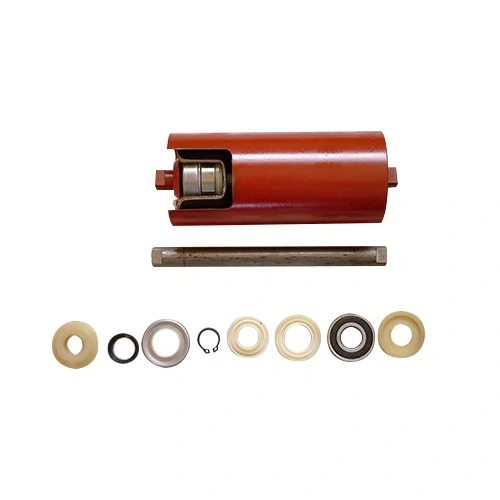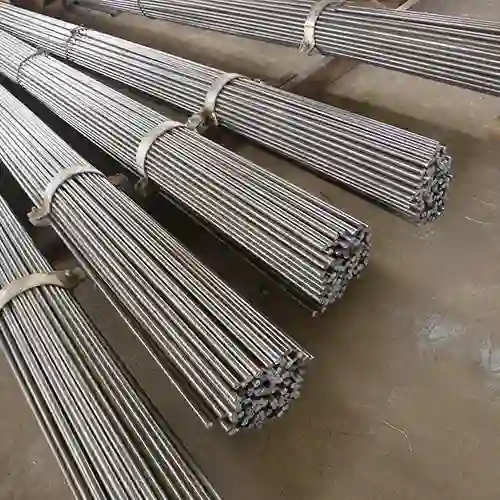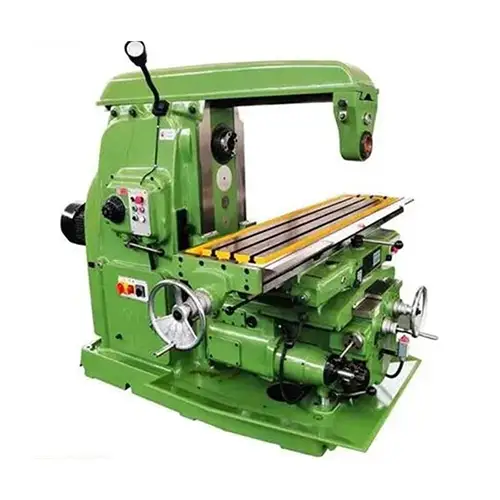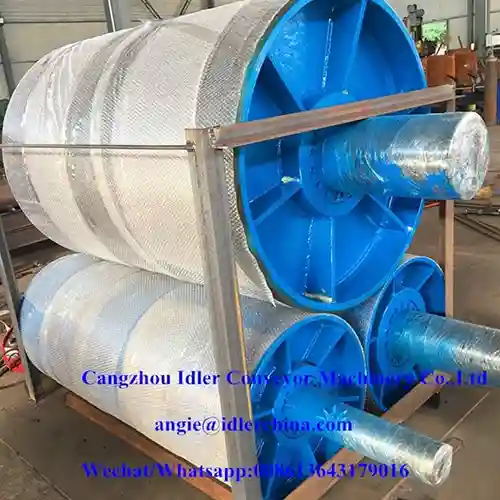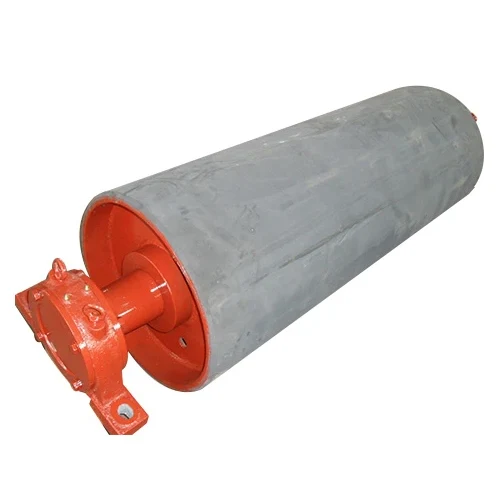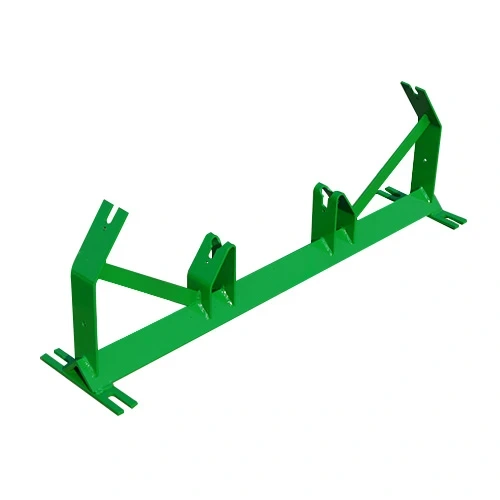- English
- French
- German
- Portuguese
- Spanish
- Russian
- Japanese
- Korean
- Arabic
- Greek
- German
- Turkish
- Italian
- Danish
- Romanian
- Indonesian
- Czech
- Afrikaans
- Swedish
- Polish
- Basque
- Catalan
- Esperanto
- Hindi
- Lao
- Albanian
- Amharic
- Armenian
- Azerbaijani
- Belarusian
- Bengali
- Bosnian
- Bulgarian
- Cebuano
- Chichewa
- Corsican
- Croatian
- Dutch
- Estonian
- Filipino
- Finnish
- Frisian
- Galician
- Georgian
- Gujarati
- Haitian
- Hausa
- Hawaiian
- Hebrew
- Hmong
- Hungarian
- Icelandic
- Igbo
- Javanese
- Kannada
- Kazakh
- Khmer
- Kurdish
- Kyrgyz
- Latin
- Latvian
- Lithuanian
- Luxembou..
- Macedonian
- Malagasy
- Malay
- Malayalam
- Maltese
- Maori
- Marathi
- Mongolian
- Burmese
- Nepali
- Norwegian
- Pashto
- Persian
- Punjabi
- Serbian
- Sesotho
- Sinhala
- Slovak
- Slovenian
- Somali
- Samoan
- Scots Gaelic
- Shona
- Sindhi
- Sundanese
- Swahili
- Tajik
- Tamil
- Telugu
- Thai
- Ukrainian
- Urdu
- Uzbek
- Vietnamese
- Welsh
- Xhosa
- Yiddish
- Yoruba
- Zulu
What Is a Conveyor Belt Roller Frame?
2024-07-02 11:47:37
A conveyor belt roller frame is a crucial component in conveyor systems, providing support and guiding the belt along the conveyor path. But what exactly is a conveyor belt roller frame, and how does it function within the conveyor system? Let's explore this topic further.
What are the key components of a conveyor belt roller frame?
Conveyor belt roller frames typically consist of several key components designed to support and guide the conveyor belt. The main structural elements include side frames, cross members, and mounting brackets. Side frames are usually made from sturdy materials like steel or aluminum, providing the main framework for the rollers. These materials are chosen for their durability, resistance to corrosion, and ability to withstand heavy loads. Cross members reinforce the structure, enhancing its stability and load-bearing capacity by distributing weight evenly and preventing deformation. Mounting brackets facilitate easy installation and adjustment of the rollers within the conveyor system, allowing for precise alignment and tensioning of the belt. These components work together to create a robust and reliable support structure that ensures smooth and efficient operation of the conveyor system.
How do these components contribute to the overall durability and functionality of the frame?
Each component of the conveyor roller support frame plays a crucial role in ensuring durability and functionality. The robust side frames offer strength and rigidity, crucial for supporting heavy loads and withstanding the rigors of continuous operation. Cross members add structural integrity, preventing flexing or distortion under load. Together, these elements provide a stable base for the rollers, maintaining alignment and minimizing vibrations. Mounting brackets facilitate proper installation, allowing for easy maintenance and replacement of rollers as needed. This integrated design ensures reliable performance and extends the lifespan of the conveyor system, enhancing overall operational efficiency.
How does a conveyor belt roller frame impact conveyor performance?
The roller frame is pivotal in maintaining optimal conveyor performance by ensuring proper belt alignment and tension. It serves as the foundation for the rollers, which guide the conveyor belt along its designated path. A well-designed roller frame incorporates features such as alignment guides and adjustable mounts that help keep the belt centered and prevent it from wandering off track. Proper tensioning mechanisms, facilitated by the frame's design, ensure consistent belt tension, which is critical for smooth material flow and minimal wear on the belt. Inconsistent tension can lead to issues such as slippage, misalignment, and uneven wear, all of which can reduce the efficiency and lifespan of the conveyor system. By maintaining alignment and tension, the roller frame helps prevent these problems, ensuring a more reliable and efficient operation.
How does the design of the roller frame affect the smooth operation of the conveyor system?
The design of the roller frame directly impacts the smooth operation of the conveyor system in several ways. A robust frame with precision-engineered components, such as durable side frames and sturdy cross members, enhances stability and reduces vibrations during operation. This stability minimizes belt slippage and ensures reliable material transport. Additionally, features like sealed bearings and low-friction materials in the roller frame contribute to smoother roller rotation, reducing energy consumption and extending component lifespan. Well-designed roller frames also facilitate easier maintenance and adjustments, allowing operators to quickly address any issues that arise and maintain optimal performance. Overall, a well-designed roller frame promotes efficient conveyor performance, enhancing productivity and reducing maintenance costs over the system's operational lifetime.
What maintenance practices are recommended for conveyor belt roller frames?
Regular inspection is crucial for maintaining conveyor belt roller frames and preventing unexpected downtime. Inspections should include checking for signs of wear or damage on rollers, side frames, and mounting brackets. Ensure that rollers rotate freely and aren't seized, as seized rollers can lead to increased friction and belt damage. Verify that the rollers are properly aligned to prevent belt deviation, which can cause further wear and tear on the system. Lubricate the bearings as recommended by the manufacturer to ensure smooth operation and prevent corrosion. Promptly replace worn or damaged components to avoid costly failures during operation. By adhering to these inspection and maintenance practices, operators can significantly reduce the risk of unexpected downtime and maintain the efficient functioning of the conveyor system.
How can proper maintenance of roller frames extend the lifespan of the conveyor system?
Proper maintenance of roller frames significantly extends the lifespan of the conveyor system. Regular cleaning and lubrication of rollers and bearings prevent corrosion and wear, preserving their efficiency and ensuring smooth operation. Prompt replacement of worn or damaged components prevents further damage to the belt and other system parts, avoiding more extensive repairs and downtime. Maintaining proper alignment and tension of the rollers reduces strain on the conveyor belt, minimizing wear and enhancing overall system reliability. Additionally, well-maintained roller frames reduce the likelihood of operational disruptions, which can lead to costly delays and decreased productivity. By adhering to these maintenance practices, operators can ensure optimal performance and longevity of the conveyor system, ultimately reducing operational costs and maximizing productivity.
Conclusion
Conveyor belt roller frames are integral to the functionality and efficiency of conveyor systems. Understanding Roller Frame Assembly components, impact on performance, and maintenance requirements is essential for ensuring smooth operation and maximizing the lifespan of the conveyor system.
References
1.CEMA (Conveyor Equipment Manufacturers Association). "Belt Conveyors for Bulk Materials." 7th ed., CEMA, 2014.
2.Nordell, Larry K., and CEMA Engineering Conference. "Conveyor Design and Analysis." Bulk Solids Handling, vol. 13, no. 1, 1993, pp. 51-56.
3.Mining Technology. "Understanding Conveyor Belt Roller Frame Components." Mining-Technology.com, 2021.
4.Martin Engineering. "Foundations™ for Conveyor Safety." Martin Engineering, 2016.
5.Parker, Jonathan. "The Importance of Proper Conveyor Roller Frame Maintenance." Engineering & Mining Journal, vol. 218, no. 6, 2017, pp. 24-29.
6.Richwood. "Conveyor Belt Support: Benefits of Proper Support Systems." Richwood.com, 2018.
7.Metso. "Conveyor Solutions Handbook." Metso Corporation, 2020.
8.Fenner Dunlop. "Conveyor Handbook." Fenner Dunlop, 2009.
9.NIBA (The Belting Association). "Belt Conveyor Maintenance." NIBA, 2015.
10.Fuchs, Hans-Ulrich. "The Role of Roller Frames in Conveyor Belt Systems." BulkOnline.com, 2020.
